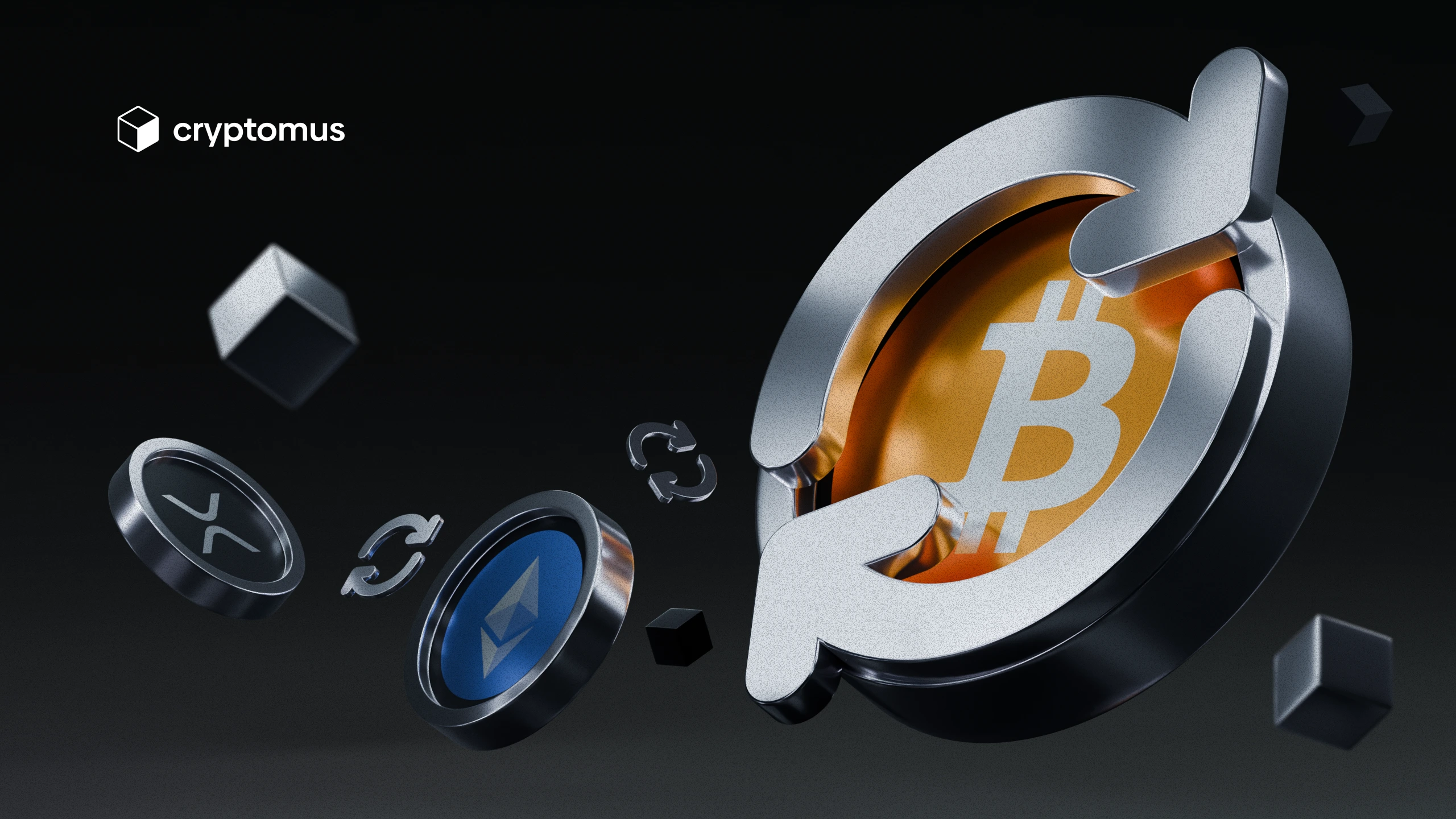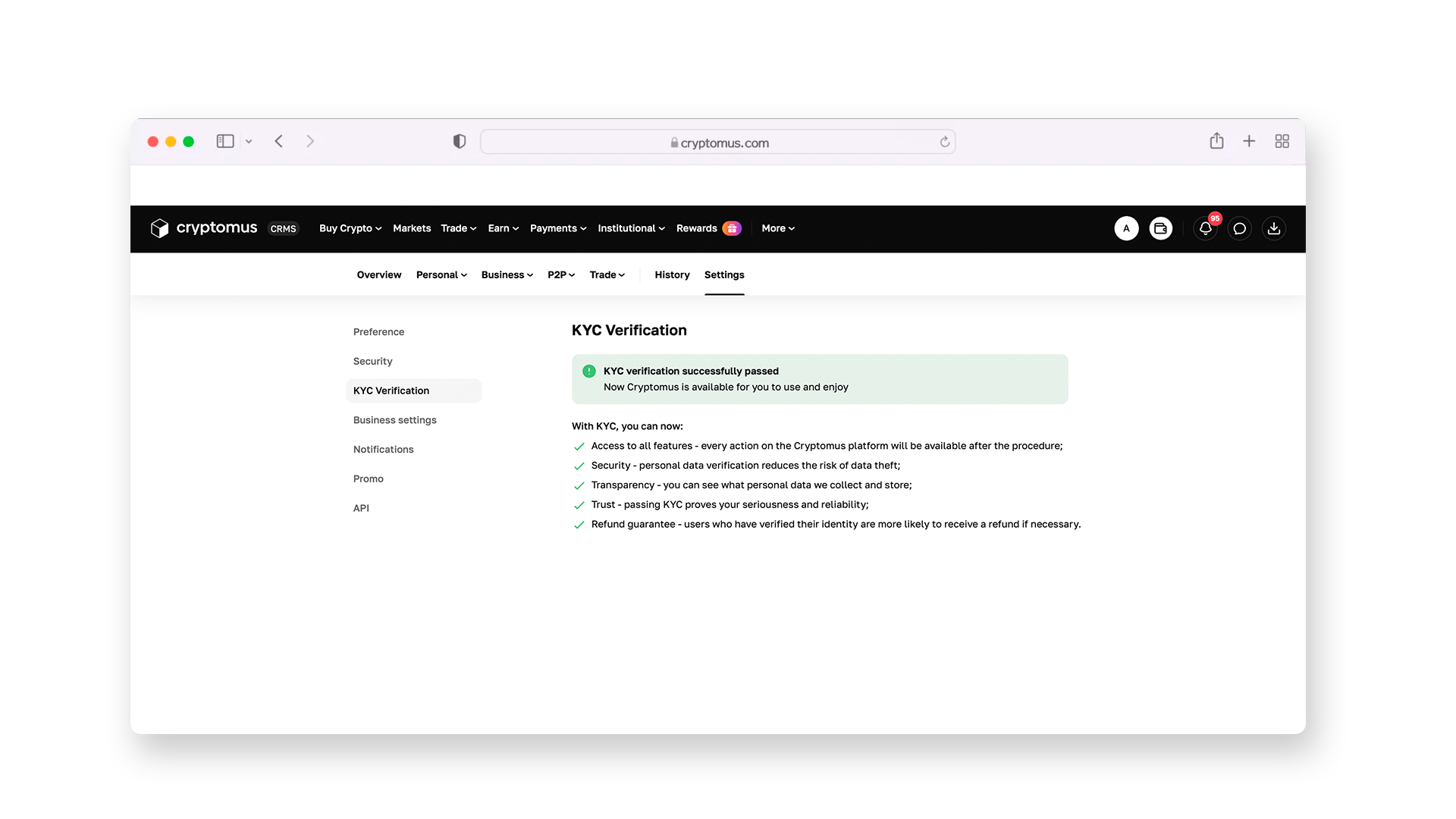
Crypto Remittances: How to Transfer Money to Another Country with Crypto
International transfers have long ceased to be hostage to banks. Now, when you need to quickly send money to a friend, relative, or colleague abroad, cryptocurrency remittances come to the fore, as they make the transfer process simple and fast.
In today's article, we will look at how international transfers work and what you need to pay attention to in order for the transaction to go smoothly and without high fees.
Elements of Crypto Remittances
Crypto remittances are transfers of funds directly to another person abroad via blockchain. Unlike the traditional methods, where a bank acts as an intermediary, in this case, a network is used where the transaction is recorded and confirmed by nodes in seconds or minutes. Blockchain technology enables peer-to-peer transactions, which can reduce costs and speed up transactions compared to traditional remittance channels.
The process of transferring funds is based on several elements. Let's talk about each of them in more detail.
- Crypto wallet: this is a storage facility where your funds will be kept. There are two types: custodial, where the exchange is responsible for your assets, or non-custodial, where you are fully responsible for your money. This gives you more control but also more risk: if you lose access to your wallet, you will lose access to your funds forever.
An excellent option for a crypto wallet is Cryptomus Wallet. You can easily send, receive, and manage your assets with the user-friendly interface. You can also be completely confident in the safety of your crypto assets, as the platform has high security measures such as encryption technology and 2FA.
-
Asset: the choice of coin plays a big role, as in some cases highly volatile assets can significantly affect the amount you send.USDT is a solution to this problem due to its stability, peg to the dollar, and high liquidity.
-
Network: your choice of network directly affects the speed of your transaction and the cost of fees. The more networks an asset supports, the more options you have to choose from. For instance, USDT is available on various networks, each of which has its own speed. A popular choice is TRON (TRC-20) due to its rapid speed and cheap commissions.
The crypto remittance process works as follows: the sender converts their fiat currency into cryptocurrency (for example, by purchasing a stablecoin on the P2P platform) and transfers it to the recipient's wallet address on the agreed network, and the recipient can then convert it into their local currency if necessary. When choosing a network, make sure that the sender's and recipient's networks are the same—otherwise, the money will be irretrievably lost.
Pros and Cons of Transferring Money with Crypto
Before making a remittance transfer, weigh all the pros and cons. To do this, you can refer to the table below:
| Pros | Cons | |
|---|---|---|
| Low fees. Commissions are significantly lower than with traditional international transfers. | ConsVolatility. Cryptocurrency is volatile and can lose value; use stablecoins to offset this disadvantage. | |
| 24/7 availability. Transfers work on weekends and holidays—something banks can’t offer. | ConsMandatory verification. The KYC verification on cryptocurrency platforms is mandatory. The same as with most traditional methods of transferring funds. | |
| High speed. Transactions are processed in minutes rather than days, unlike traditional bank transfers. | ConsTechnical knowledge required. Users need basic understanding of wallets, networks, and transaction confirmations. | |
| Global accessibility. Works even in regions with limited access to traditional banking or payment systems. | ConsRegulatory uncertainty. In some jurisdictions, crypto regulations remain unclear and withdrawing cryptocurrency to cash can be difficult. | |
| Transparency. Every transaction can be tracked in a blockchain explorer via its hash. | ConsAccuracy of details required. A mistake in the address or network (e.g., TRC-20 Vs. ERC-20) can lead to loss of funds. |
Use Cases
Now that you are familiar with the theory, we can move on to practice. Let's imagine a real-life situation: you need to transfer money from the USA to Vietnam to your family.
To do this using cryptocurrency, you need to follow a few simple steps: the sender buys USDT for dollars on a P2P platform, choosing a seller with a high rating and a large number of completed transactions. Next, the sender transfers USDT to the recipient's address in Vietnam on an agreed network, such as TRON (TRC-20)—quickly and with low fees, especially when the network is not overloaded. After receiving the funds, the recipient goes to a P2P exchange and sells USDT for Vietnamese dong to a local bank card.
The entire cycle takes 10–30 minutes, which is a big advantage. This scheme is also suitable for other situations, such as helping families in another country, traveling, or donating to creators from other countries.
Which Cryptocurrencies Should You Use?
Stablecoins are best suited for remittances, primarily USDT and USDC. Their exchange rate is pegged to the dollar, which means you avoid the volatility characteristic of other crypto assets. But it's not just the choice of coin that matters; the network is also important: for everyday transfers, users often choose TRON (TRC-20) because of its low fees and wide P2P liquidity; in some cases, when TRC-20 is overloaded, they prefer TON or Ethereum networks. When choosing a network, pay attention to the size of the network fee and the support of it by your wallets.

How to Transfer Money Abroad with Crypto?
To ensure your international transfer goes smoothly and quickly, we have prepared a detailed guide for you (using Cryptomus P2P as an example).
Step 1: Create an Account on the Cryptomus P2P Platform
The registration procedure will only take a few minutes because you can log in using the most convenient option, such as Google, Facebook, or Telegram. Enable 2FA at this stage to shield your information and funds from possible fraudulent hacking.

Step 2: Complete the KYC Verification
KYC (Know Your Customer) is an essential component of the registration process since it gives access to financial transactions as a result. Go to the "Settings" area to verify everything. Next, select the third item on the list—the KYC verification button. Take a selfie and a picture of your ID, then upload them to the website. This check will take no more than 10 minutes.

Step 3: Set the Filters
To make a purchase, first set the necessary filters: select the cryptocurrency and its amount, the fiat currency you are willing to spend on the purchase, and choose a convenient payment method. Later, select the offer that suits you best and contact the seller to complete the transaction. If you haven't found a suitable offer, create your own and wait for a buyer.
The Cryptomus P2P Platform is a good idea. The exchange supports over 120 cryptocurrencies and over 560 payment methods, so you can choose the option that suits you best. In terms of security measures, the platform adheres to strict standards, allowing you to be confident in the legality of the money on the platform. Another big advantage is the low transaction fees, which are only 0.1%.

Step 4: Transfer the Purchased Cryptocurrency
Go to the “Send” tab: select the asset and the amount to transfer, enter the recipient's address, select the network, and check the commission. After making the transfer, make sure that the amount has reached the recipient so he can withdraw the funds (e.g., through the P2P by selling his crypto).
Congratulations! You have successfully transferred money from one country to another, and you did it faster than if you had chosen a bank transfer.
Thus, cryptocurrency remittances are a convenient way to make international transfers: less waiting, fewer fees, and more transparency. And when you need to help your family and quickly transfer money abroad, this tool works reliably and predictably.
If you have any questions, please email us or contact Cryptomus on Telegram. We will be happy to help you!
Rate the article








comments
0
You must be logged in to post a comment